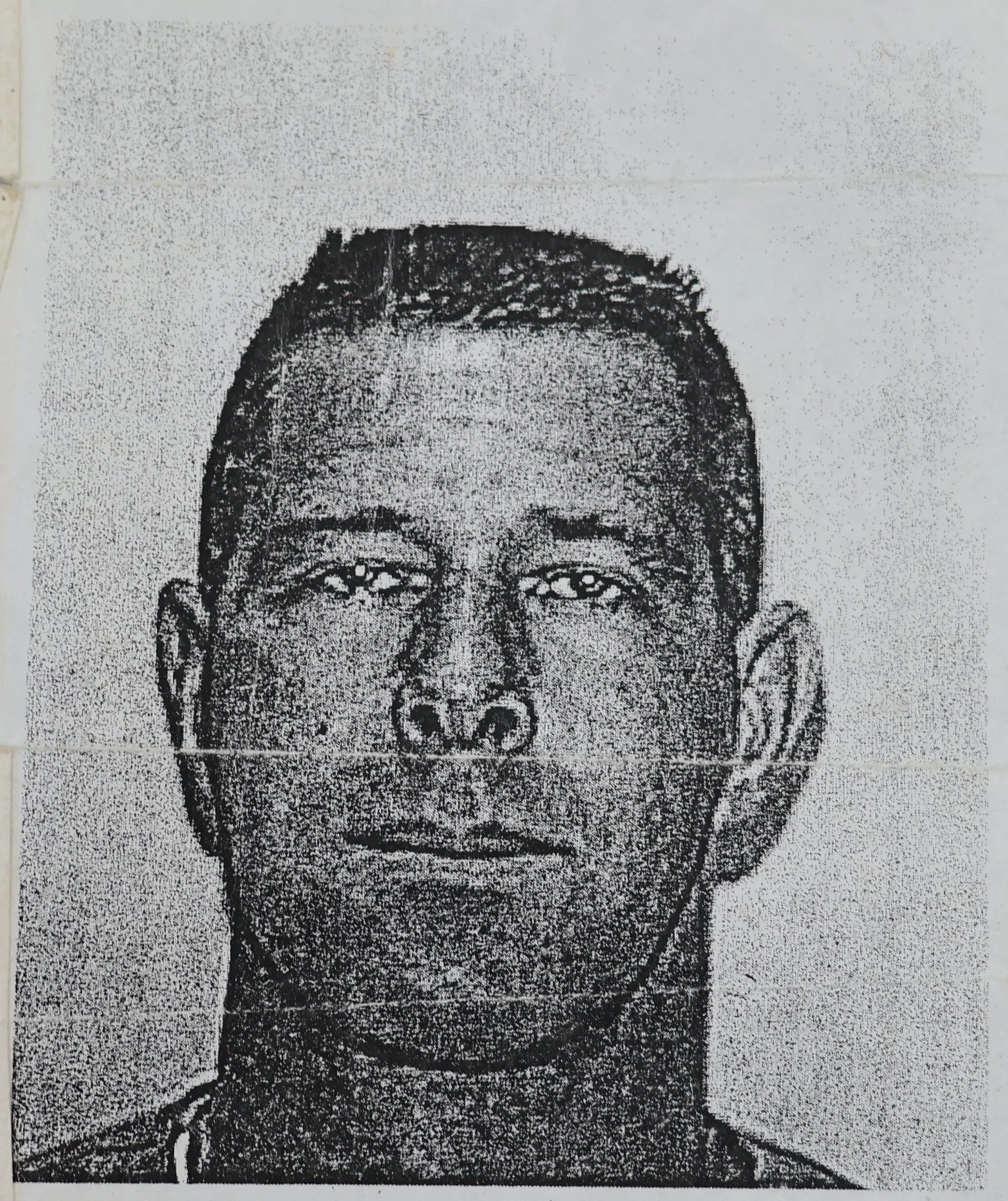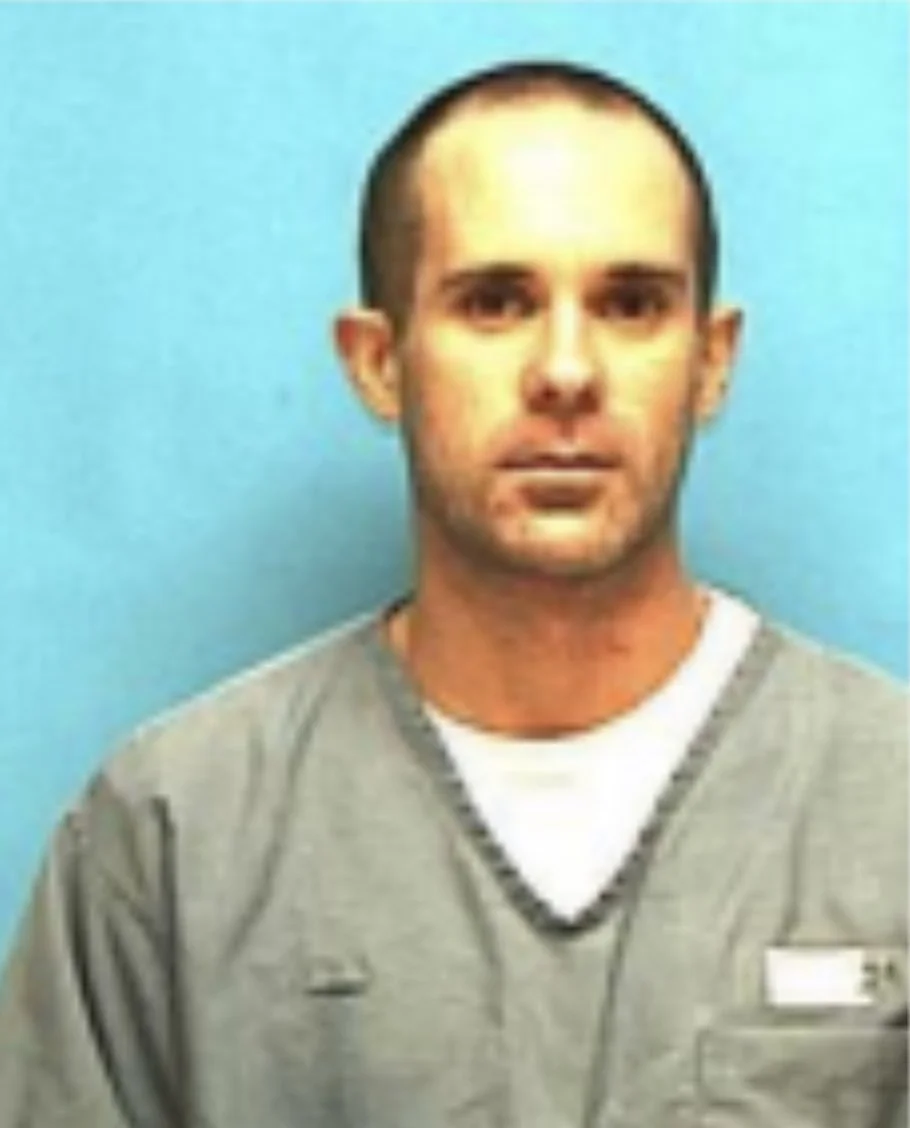
The Case
The Crime
On December 12, 2001, a home burglary occurred in the small community of Lanark Village, Florida at Francis King’s residence. The Kings were not home, however, a neighbor, Jackie Henderson, interrupted the burglary when he noticed the glass of the front door was shattered. Upon seeing Henderson, the perpetrator fired two shots in his direction, causing both to flee. Jewelry, cash, and a .357 Smith and Wesson were stolen from the home and never recovered. The burglar left behind a hammer and a pair of gloves at the scene.
Bob was pursued as a suspect due to his past criminal record and was arrested by nightfall while driving home from a bar. That same evening he was shown to 6 eyewitnesses – none of whom identified him as the burglar. Despite no evidence or eyewitness identification, the Franklin County Sheriff’s Department concluded their investigation and charged Bob with armed burglary and attempted murder. Police handed over an appallingly inadequate case to state attorney’s who relied on false testimony to wrongfully convict Bob.
Pictured: The King residence; known locally as the “Castle House”
Elements of the Case
CLICK ON EACH ELEMENT TO LEARN MORE
Eyewitness Identification
Pictured: Bob on December 12, 2001
The other primary witness, Terry Brannan, told police that he saw the perpetrator arrive at the King residence when he had come to a complete stop in traffic right in front of the house. He was sure that the person he saw was not Bob.
Mr. Brannan was not a part of the single-person lineup viewing. Instead, police showed him a photo array of 6 people, including Bob. The problem though, was that Mr. Brannan knew at least 3 of the other people from the community, effectively narrowing his options down to the other 3.
Nevertheless, despite yet another biased police procedure, Mr. Brannan maintained that Bob was not the person he saw at the King’s house at the time of the burglary.
After his arrest, Bob was shown to at least 5 witnesses in a single-person lineup – one of the most biased identification procedures police use. By only showing the person that police think committed the crime, witnesses feel pressure to identify them as the person they saw.
Despite this, not a single witness identified Bob as the person they saw committing the crime or driving away. Even one of the victims, Jackie Henderson, did not identify Bob.
Trial Testimony of Mr. Jackie Henderson
Trial Testimony of Mr. Terry Brannan
The Truck
Jackie Henderson said the truck he saw had 3 used tires in the bed — those tires were never recovered or found in Bob’s possession. Initially, Henderson could not identify Bob’s truck, however, when asked to try again by the police the next day, he said it was the truck he saw.
Terry Brannan, an auto-mechanic himself, said the truck he saw was a champagne-colored extended or king cab truck. When asked to identify Bob’s truck, he maintained that it was not the truck he had seen.
Pictured: Bob’s truck pre-arrest
The Tools
Left at the crime scene was a hammer and a pair of gloves. When Bob’s father went to retrieve his son’s truck from the impound, officers asked him to identify tools they had retrieved from Bob’s vehicle. They showed Bob’s father a pipe wrench, a hacksaw, and other miscellaneous tools from Bob’s truck. Without indicating that they were evidence, officers included the hammer and gloves. Bob’s father identified the tools, including the hammer, but hesitated when shown the gloves and said he couldn’t be sure.
“When I went back there and he starts flashing these tools in front of me – pointing out many times, 'is this yours, is this yours, is this yours.’ [...] I just kept saying yeah because I was shaking so bad inside of me.”
– Robert Ochala Sr., Trial Testimony
When he returned home, Bob’s father noticed that he still had all of his hammers but didn’t think much of it because he didn’t know that the hammer he had been shown was recovered from the crime scene. This flawed identification procedure was used as a primary piece of evidence to convict Bob.
The Gun
One of the items stolen from the King residence was a Smith & Wesson .357 gun. It’s suspected that the burglar used this gun during the commission of the crime to fire two shots in Jackie Henderson’s direction when he entered the house.
Neither the gun nor any other stolen item was ever recovered. The gun holster that once held the Smith & Wesson .357, however, was recovered from the scene and submitted for latent fingerprint testing. The results could not be matched to Bob.
Jailhouse Informant
Jailhouse informant testimony was ultimately the primary piece of evidence used to wrongfully convict Bob. The case was weak: not a single witness identified Bob; his truck did not match an eyewitness description and was identified only by police suggestion; his father was tricked into identifying the hammer — a generic and mass-produced item; and the gun holster’s prints did not match Bob. To fill these gaping holes in the state’s theory, prosecutor Adam Ruiz enlisted the help of a jailhouse informant, Jared Millender.
Pictured: Jared Millender
What is a Jailhouse Informant?
According to the Innocence Project, jailhouse informants are people in prison who are incentivized to testify against a defendant in exchange for a benefit. Oftentimes, jailhouse informants serve as a confession by proxy, testifying that the defendant confessed to them. Jailhouse informants are notorious for lying in order to receive leniency in their own case, reduced sentencing, or other benefits.
The false testimony of jailhouse informants is one of the leading causes of wrongful convictions nationwide.
Former Franklin County prosecutor, Adam Ruiz, enlisted Jared Millender to testify for the state and say that Bob confessed to burglarizing the King residence. At the time, Millender was in the Franklin County Jail awaiting trial for his own charges — he was looking at 50+ years in prison. Ruiz offered him leniency in exchange for his testimony. As a result, Millender’s sentence was reduced to 5 years.
In 2008, 6 years after the trial, Jared Millender wrote a letter to the judge who presided over Bob’s original trial confessing to lying on the stand at the request of prosecutor Adam Ruiz. He came forward and even testified in one of Bob’s appeals to, in his own words, “seek justice” for the mistake he made. Listen to him recount the incident below.
3 Things Made Jared Millender the Perfect Jailhouse Informant
#1
Jared Millender’s mother, Kathryn Griswold, was the Franklin County Clerk of Court at the time. Their relationship was even cited by Bob’s defense attorney as a conflict of interest, noting that Jared’s testimony would likely be perceived as more believable given his mother’s affiliation with the court.
Who is Erik Tatum?
Two weeks before Bob’s trial the state called not one, but two new witnesses: Jared Millender & Erik Tatum. While Millender went on to falsely testify against Bob at trial, Tatum never made an appearance. He was also approached by prosecutor Adam Ruiz and asked to be a jailhouse informant. Though he initially agreed, he ended up not testifying because he didn’t want to perjure himself by lying on the stand. He detailed this in a letter he wrote to the judge before Bob’s trial. The letter was never entered into evidence nor was Mr. Tatum called by Bob’s defense attorney.
#2
Jared Millender had previously known one of the jurors, Connie Polous. In fact, they worked together in the tax collector’s office just 6 years prior to the trial. This glaring conflict of interest meant that his testimony was likely even more believable to Ms. Polous.
What Happened to Adam Ruiz?
Adam Ruiz was only a prosecutor in Franklin County for around 2 years — an unusually short career for most prosecutors. After his short stint there, he moved onto immigration law. As an immigration attorney, Ruiz faced multiple disciplinary actions, including two suspensions.
He is no longer eligible to practice law in the state of Florida.
#3
On top of all of this, the Millender name is a big one in Franklin County, Florida. The power of his family’s reputation cannot be underestimated.





















